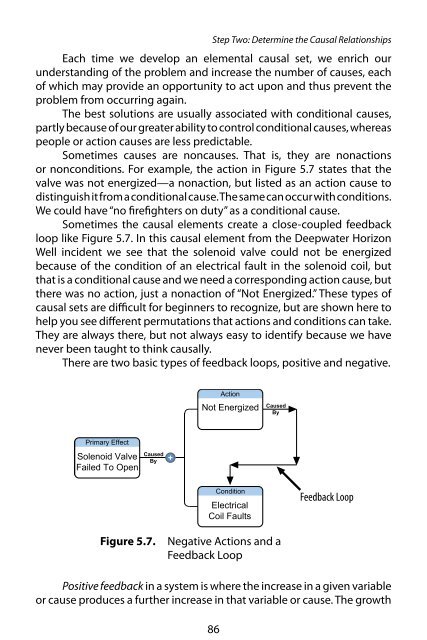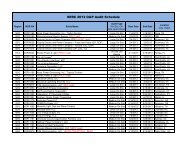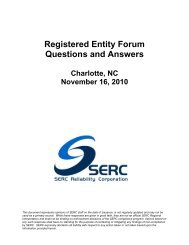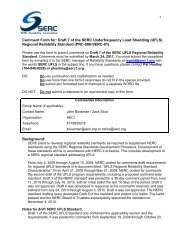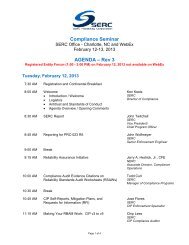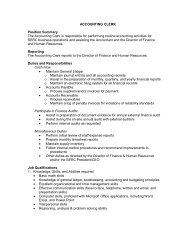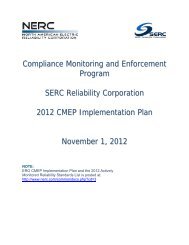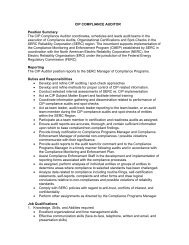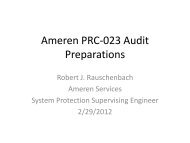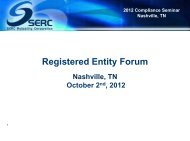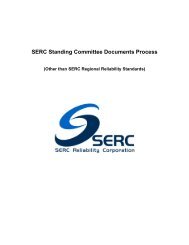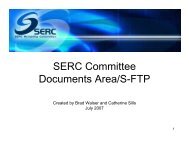RealityCharting e-book .pdf - SERC Home Page
RealityCharting e-book .pdf - SERC Home Page
RealityCharting e-book .pdf - SERC Home Page
- No tags were found...
Create successful ePaper yourself
Turn your PDF publications into a flip-book with our unique Google optimized e-Paper software.
Step Two: Determine the Causal Relationships<br />
Each time we develop an elemental causal set, we enrich our<br />
understanding of the problem and increase the number of causes, each<br />
of which may provide an opportunity to act upon and thus prevent the<br />
problem from occurring again.<br />
The best solutions are usually associated with conditional causes,<br />
partly because of our greater ability to control conditional causes, whereas<br />
people or action causes are less predictable.<br />
Sometimes causes are noncauses. That is, they are nonactions<br />
or nonconditions. For example, the action in Figure 5.7 states that the<br />
valve was not energized—a nonaction, but listed as an action cause to<br />
distinguish it from a conditional cause. The same can occur with conditions.<br />
We could have “no firefighters on duty” as a conditional cause.<br />
Sometimes the causal elements create a close-coupled feedback<br />
loop like Figure 5.7. In this causal element from the Deepwater Horizon<br />
Well incident we see that the solenoid valve could not be energized<br />
because of the condition of an electrical fault in the solenoid coil, but<br />
that is a conditional cause and we need a corresponding action cause, but<br />
there was no action, just a nonaction of “Not Energized.” These types of<br />
causal sets are difficult for beginners to recognize, but are shown here to<br />
help you see different permutations that actions and conditions can take.<br />
They are always there, but not always easy to identify because we have<br />
never been taught to think causally.<br />
There are two basic types of feedback loops, positive and negative.<br />
Action<br />
Not Energized<br />
Caused<br />
By<br />
Primary Effect<br />
Solenoid Valve<br />
Failed To Open<br />
Caused<br />
By<br />
Condition<br />
Electrical<br />
Coil Faults<br />
Feedback Loop<br />
Figure 5.7.<br />
Negative Actions and a<br />
Feedback Loop<br />
Positive feedback in a system is where the increase in a given variable<br />
or cause produces a further increase in that variable or cause. The growth<br />
86


